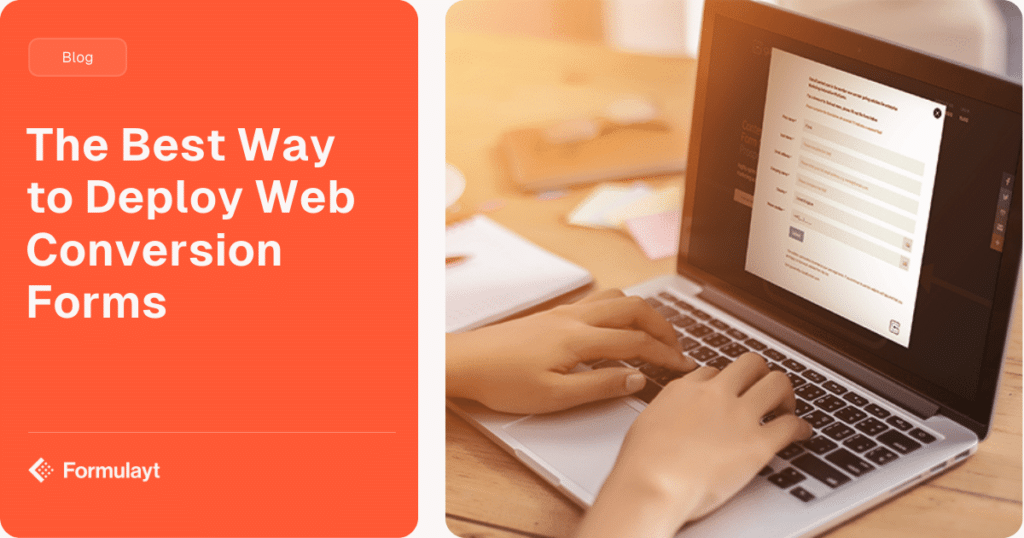Web Conversion Forms – How Should you Deploy Them?

When deploying forms for online web conversion, determining where they live is a very important consideration. A conversion form deployed in the wrong place or in a non-optimal way could be failing to capture or connect information effectively. A form deployed in the right place however, is likely to yield optimal value by driving more conversions and greater insight. There are three choices to consider before a making a decision on your form deployment…
The Fragmented Landing Page Approach – The Island
If you are building web forms out in your Marketing Automation platform it is possible to deploy those forms into a MAP based landing page. However, while landing pages can work ok for some use cases, the most optimal place to convert your users to known is in your primary website i.e. your main sub-domain (www). This ensures that click stream tracking information is as connected as possible and maximises the leverage achieved from organic traffic. Also, standard MAP based forms are just forms on their own; the gating experience will need to be developed manually in script or additional pages. The forms will most likely not be integrated into wider parts of your tech stack, again meaning manual coding, integration and testing. Manual coding of a content gating experience can create huge costs as more campaigns or language variants are considered.
The Integrated CMS Approach – The Archipelago
An improvement over external landing pages is to build out gating and forms in the main website by templating out a user experience and integration layer in the content management system. This can reduce the amount of manual coding required on a form by form basis. However, there are downsides to building out in a CMS. The forms are reliant on the CMS to be rendered and are not portable; they cannot be deployed across multiple web properties or platforms. Another common issue is when websites are updated or migrated. With forms and gating part of the CMS, any change in CMS will require significant re-coding to maintain service. Availability of technical resource in web teams can also be a bottle neck to successful launch and maintenance of your gating solution.
The Optimal Cloud Approach – The Continent
An optimal approach is to use a 3rd party solution delivered from the cloud. Forms can be configured in a 3rd party tool and injected client side into the primary website and any other supporting microsite or landing page. This ensures forms are always consistent with an optimal user experience and connectivity into your complete marketing tech stack. Centrally managing forms means updates can be made quickly and globally without reliance on internal web teams. And any changes to the underlying infrastructure (such as a CMS upgrade) will not affect the form and gating solution. Client side deployment of forms also allows for advanced functionality such as A/B testing or integration with personalisation technology.
For more information on web form integration, get the Definitive Guide to Content Gating.
